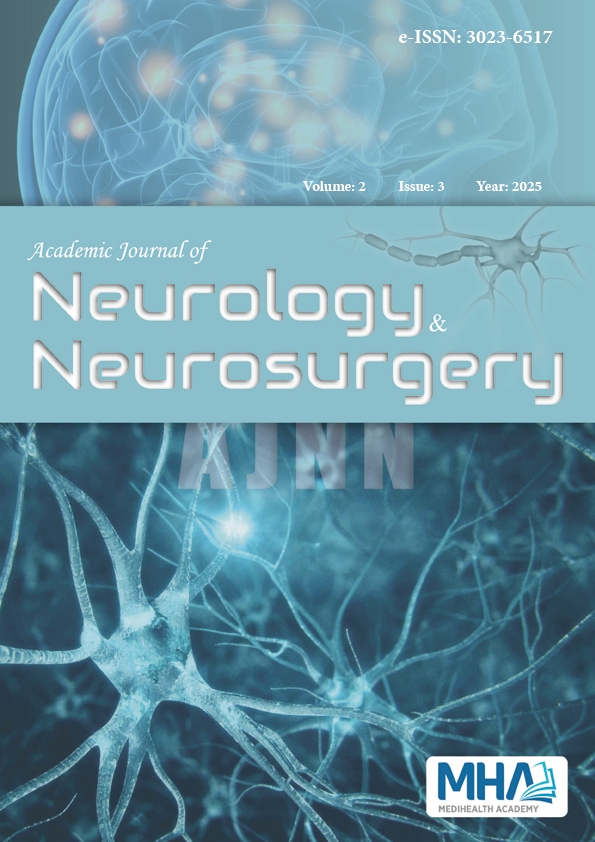1. Naming the coronavirus disease (COVID-19) and the virus that causes it. https://www.who.int/emergencies/diseases/novel-coronavirus-2019/technical-guidance/naming-the-coronavirus-disease-(covid-2019)-and-the-virus-that-causes-it. Accessed May 1, 2020.
2. Miskowiak KW, Johnsen S, Sattler SM, et al. Cognitive impairments four months after COVID-19 hospital discharge: pattern, severity and association with illness variables. Eur Neuropsychopharmacol. 2021;46: 39-48. doi:10.1016/j.euroneuro.2021.03.019
3. Fotuhi M, Hachinski V, Whitehouse PJ. Changing perspectives regarding late-life dementia. Nat Rev Neurol. 2009;5(12):649-658. doi: 10.1038/nrneurol.2009.175
4. Fotuhi M, Do D, Jack C. Modifiable factors that alter the size of the hippocampus with ageing.Nat Rev Neurol. 2012;8(4):189-202. doi:10. 1038/nrneurol.2012.27
5. Liu X, Chen X, Zhou X, et al. Validity of the MemTrax memory test compared to the montreal cognitive assessment in the detection of mild cognitive impairment and dementia due to Alzheimer’s disease in a Chinese cohort. J Alzheimers Dis. 2021;80(3):1257-1267. doi:10.3233/JAD-200936
6. Al-Aly Z, Xie Y, Bowe B. High-dimensional characterization of post-acute sequelae of COVID-19. Nature. 2021;594(7862):259-264. doi:10. 1038/s41586-021-03553-9
7. Nalbandian A, Sehgal K, Gupta A, et al. Post-acute COVID-19 syndrome. Nat Med. 2021;27(4):601-615. doi:10.1038/s41591-021-01283-z
8. Benghanem S, Mazeraud A, Azabou E, et al. Brainstem dysfunction in critically ill patients. Crit Care. 2020;24(1):5. doi:10.1186/s13054-019-2718-9
9. Walker EP, and Tadi P. Neuroanatomy, Nucleus Raphe. In StatPearls, StatPearls Publishing, Treasure Island, FL. 2020.
10. Itoi K, Sugimoto N. The brainstem noradrenergic systems in stress, anxiety and depression.J Neuroendocrinol. 2010;22(5):355-361. doi:10. 1111/j.1365-2826.2010.01988.x
11. Loughlin SE, Fallon JH. Substantia nigra and ventral tegmental area projections to cortex: topography and collateralization. Neuroscience. 1984;11(2):425-435. doi:10.1016/0306-4522(84)90034-4
12. Haber SN. The primate basal ganglia: parallel and integrative networks. J Chem Neuroanat. 2003;26(4):317-330. doi:10.1016/j.jchemneu.2003. 10.003
13. Venkatraman A, Edlow BL, Immordino-Yang MH. The brainstem in emotion: a review.Front Neuroanat. 2017;11:15. doi:10.3389/fnana.2017. 00015
14. Yong SJ, Tong T, Chew J, Lim WL. Antidepressive mechanisms of probiotics and their therapeutic potential.Front Neurosci. 2020;13:1361. doi:10.3389/fnins.2019.01361
15. Desai AD, Lavelle M, Boursiquot BC, et al. Long-term complications of COVID-19. Am J Physiol Cell Physiol. 2022;322(1):C1-C11. doi:10.1152/ajpcell.00375.2021
16. Montani D, Savale L, Noel N, et al. Post-acute COVID-19 syndrome. Eur Respir Rev. 2022;31(163):210185. doi:10.1183/16000617.0185-2021
17. Sneller MC, Liang CJ, Marques AR, et al. A longitudinal study of COVID-19 sequelae and immunity: baseline findings. Ann Intern Med. 2022;175(7):969-979. doi:10.7326/M21-4905
18. Del Rio C, Collins LF, Malani P. Long-term health consequences of COVID-19. JAMA. 2020;324(17):1723-1724. doi:10.1001/jama.2020.19719
19. Gupta A, Madhavan MV, Sehgal K, et al. Extrapulmonary manifestations of COVID-19. Nat Med. 2020;26(7):1017-1032. doi:10. 1038/s41591-020-0968-3
20. Mehandru S, Merad M.Pathological sequelae of long-haul COVID. Nat Immunol. 2022;23(2):194-202. doi:10.1038/s41590-021-01104-y
21. Gavriatopoulou M, Korompoki E, Fotiou D, et al. Organ-specific manifestations of COVID-19 infection. Clin Exp Med. 2020;20(4):493-506. doi:10.1007/s10238-020-00648-x
22. National Institute for Health and Care Excellence. COVID-19 rapid guideline: managing the long-term effects of COVID-19. NICE guideline (18 December 2020).
23. World Health Organization. A clinical case definition of post COVID-19 condition by a Delphi consensus (6 October 2021).
24. WH. A clinical case definition of post COVID-19 condition by a Delphi consensus, 6 October 2021. Published October 6, 2021. Accessed October 15, 2021. https://www. who.int/publications/i/item/WHO-2019-nCoV-Post_COVID-19_condition-Clinical_case_definition- 2021.1.
25. Davis HE, Assaf GS, McCorkell L, et al. Characterizing long COVID in an international cohort: 7 months of symptoms and their impact. bioRxiv. EClinicalMedicine. 2021;38:101019. doi:10.1016/j.eclinm.2021. 101019
26. Ceban F, Ling S, Lui LMW, et al. Fatigue and cognitive impairment in post-COVID-19 syndrome: a systematic review and meta-analysis. Brain Behav Immun. 2022;101:93-135. doi:10.1016/j.bbi.2021.12.020
27. Alemanno F, Houdayer E, Parma A, et al. COVID-19 cognitive deficits after respiratory assistance in the subacute phase: a COVID-rehabilitation unit experience. PLoS One. 2021;16(2):e0246590. doi:10. 1371/journal.pone.0246590
28. Pfoh ER, Chan KS, Dinglas VD, et al. Cognitive screening among acute respiratory failure survivors: a cross-sectional evaluation of the mini-mental state examination.Crit Care. 2015;19(1):220. doi:10.1186/s13054-015-0934-5
29. Crunfi F, Corasolla Carregari V, Veras FP, et al. SARS-CoV-2 infects brain astrocytes of covid-19 patients and impairs neuronal viability. medRxiv. 2022;119(35):e2200960119. doi:10.1101/2020.10.09.20207464
30. Jaywant A, Vanderlind WM, Alexopoulos GS, Fridman CB, Perlis RH, Gunning FM. Frequency and profile of objective cognitive deficits in hospitalized patients recovering from COVID-19.Neuropsychopharmacology. 2021;46(13):2235-2240. doi:10.1038/s41386-021-00978-8
31. Zhao S, Shibata K, Hellyer PJ, et al. Rapid vigilance and episodic memory decrements in COVID-19 survivors. Brain Commun. 2022; 4(1):fcab295. doi:10.1093/braincomms/fcab295
32. Hartung TJ, Neumann C, Bahmer T, et al. Fatigue and cognitive impairment after COVID-19: a prospective multicentre study. Eclinical Medicine. 2022;53:101651. doi:10.1016/j.eclinm.2022.101651

